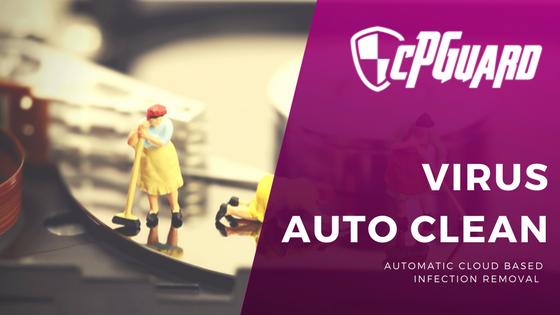Drupal – Remote Code Execution (SA-CORE-2018-004 / CVE-2018-7602) nicknamed Drupalgeddon 3
This vulnerability discovered Drupal security team one weeks ago, a highly critical (20/25 NIST rank), (SA-CORE-2018-004 / CVE-2018-7602) nicknamed Drupalgeddon 3. This vulnerability continues Drupalgeddon 2 and allow an unauthenticated attacker to perform remote code execution. An exploitation method was published a few days ago for this vulnerability which allows attacker in the server execute … Read more





